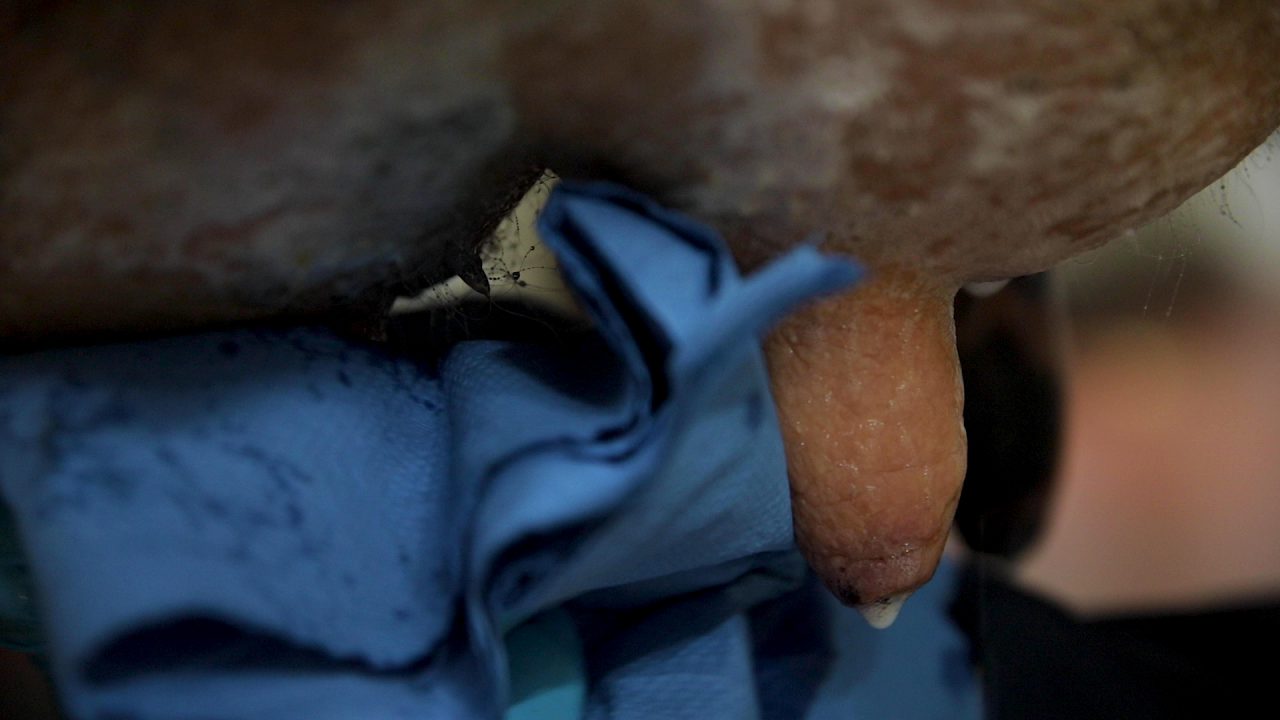Keeping on top of somatic cell counts (SCC) on farms can at times feel like a challenge, but it is a key part of supplying high-quality milk.
There are a number of factors that need to be considered when looking to control cell counts on farms.
These include milking routine, parlour maintenance, hygiene standards, and the genetic make-up of the cows.
Spring-calving herds are now coming out of the peak supply months where they will have produced upwards of 40% of their milk for the year.
But as farms move towards the end of the production year, a focus needs to be placed on controlling cell counts.
Cell counts
Unfortunately, some cows are more likely to have issues with cell counts that other – it is just in their genetics.
On farms that have large amounts of records it is easy to trace cow families that have similar issues.
Most farms have seen an issue such as lameness is one cow and then a heifer from this cow also having lameness issues.
Whatever is in the genetic make-up of these cows makes them more susceptible to picking up these issues.
But probably the thing that is going to have the biggest impact on cell counts on a farm is the farmer.
The milking routine, hygiene standards and the maintenance of the milking parlour are all controlled by farmers themselves.
Setting and maintaining hygiene standards during the milking process is vital to ensuring that high-quality milk is sold from the farm.
It is important to keep the milking parlour reasonably clean and to wear the correct clothing and gloves when milking.
Having a milking routine that is both efficient and effective is an important step in the control of cell counts and mastitis-causing bacteria.
Milk recording
Milk recording data needs to be used on farms to identify cows that have chronic cell count issues – but also to pick up cows that have increasing cell counts.
The information available to farmers through their milk recording data is vital for controlling cell counts.
But there must also be other measures on farms such as California Mastitis Test (CMT) kit.
Cell counts can increase and decrease throughout the year, but if they are steadily increasing, measures need to be taken to correct them.
DNA
The recent launch of the genotyping scheme for dairy cows has the potential to make significant changes to the dairy sector.
One of the main focus of the scheme is to get a DNA profile of the national herd, which will allow for more accurate information on individual cows to be gathered.
It will also allow for the roll out of the Commercial Beef Value (CBV) for beef calves coming from the dairy herd.
But it could also have a milk quality application, as SCC in a bulk tank contains DNA and cows that are contributing the largest amount to this can be easily identified.
If we make good use of it there is the potential to make massive waves into reducing cell counts on farms.
